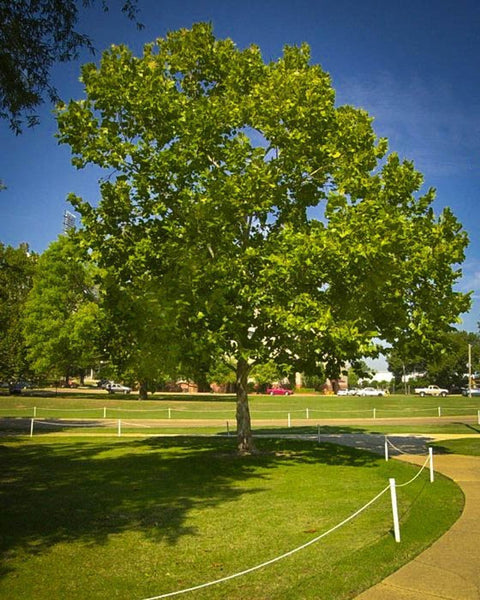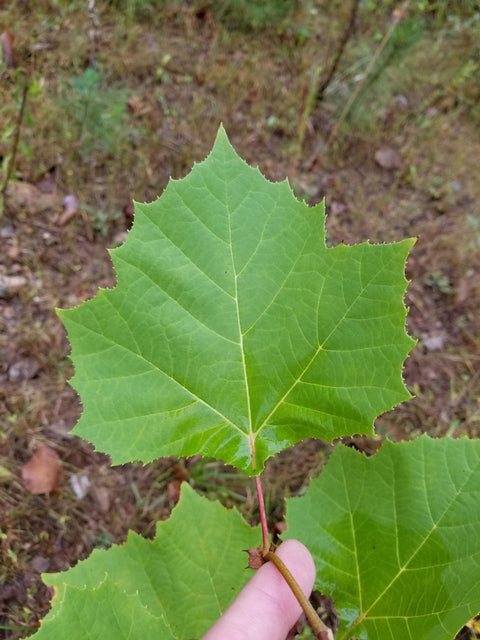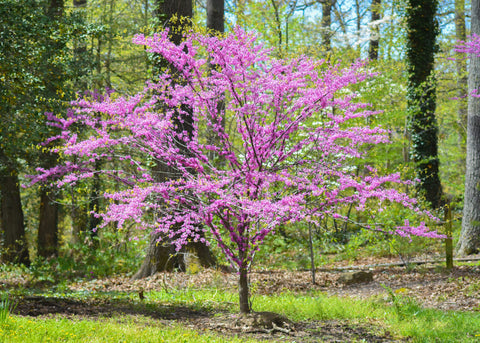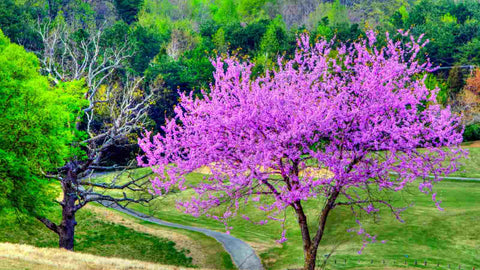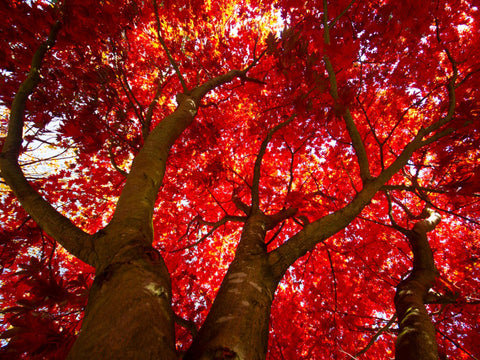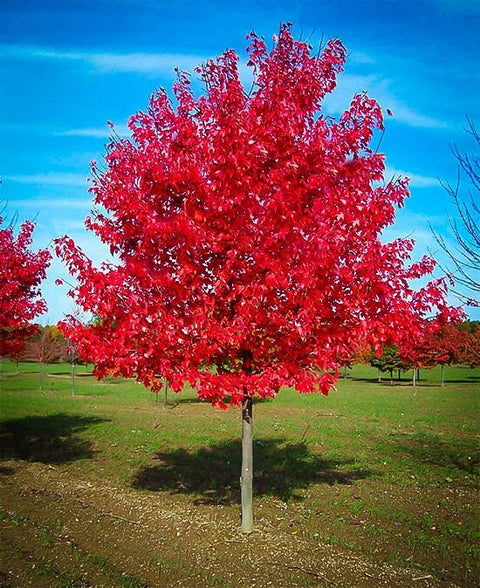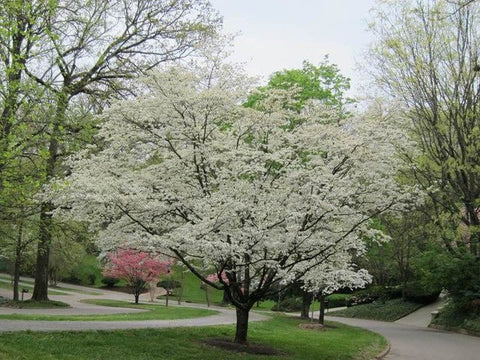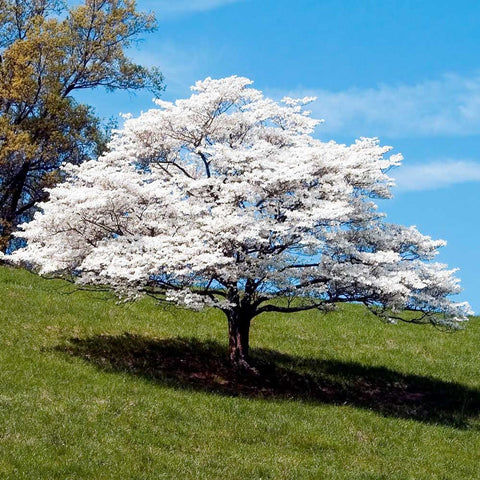5 products
Native Trees
Native trees are naturally found and have evolved in a specific region or ecosystem. They are also known as indigenous trees and play a crucial role in maintaining the ecosystem's natural balance.
Native trees have adapted to the local climate, soil, and other environmental conditions, and as a result, they are better suited to thrive in their native environment. They also provide food and shelter to local wildlife, help to maintain soil stability, and improve air and water quality.
Examples of native trees vary depending on the location and climate, but some common examples of native trees in North America include oak, maple, pine, and birch trees. In South America, some common examples of native trees include the Brazil nut tree, the kapok tree, and the Andean oak tree.
Habitat destruction, invasive species, and climate change often threaten native trees. Therefore, it is essential to protect and conserve native trees and their ecosystems to ensure our planet's long-term health and sustainability.
Choosing native trees has several benefits. Here are a few reasons to choose native trees:
Native trees are adapted to the local environment, which means they are more likely to thrive and require less maintenance than non-native trees.
Native trees provide habitat and food for local wildlife, which helps to promote biodiversity and create a healthier ecosystem.
Because native trees are adapted to the local climate and soil, they require less water, fertilizer, and other resources to grow, making them a more sustainable choice.
Native trees can be beautiful and give a region a unique place and identity.
Conservation: Planting native trees can help conserve and restore natural areas, improving our planet's health and mitigating climate change's impacts.
Planting trees in a flower garden can add height, structure, and shade. Here are some types of flower gardens that could benefit from the addition of trees:
A casual, romantic cottage garden style often features a mix of flowers, herbs, and vegetables. Trees that could complement this garden style include flowering dogwood, magnolia, or crabapple.
A formal, symmetrical garden often features straight lines, hedges, and geometric patterns. Trees complementing this park style include ornamental pear, Japanese maple, or cherry.
A butterfly garden is designed to attract butterflies and other pollinators. Trees that could complement this park style include redbud, serviceberry, or red oak.
Where to buy native trees?
Nance Plants sells native trees.
An herb garden is a garden that features herbs for culinary or medicinal purposes. Trees that could complement this park style include lemon or lime trees or bay laurels.
A wildflower garden is a naturalistic garden that features native plants and wildflowers. Trees that could complement this style of the park include native trees such as oak, hickory, or pine.
When selecting trees for a flower garden, it is essential to choose trees that are well-suited to the local climate and soil conditions and will not overpower the space or compete with other plants.
Choosing native trees is brilliant for anyone who wants to create a beautiful and sustainable landscape that supports local biodiversity and promotes a healthy ecosystem.

